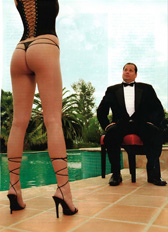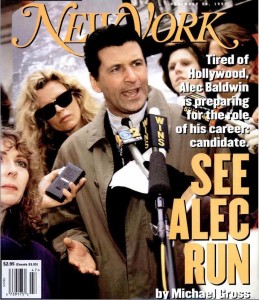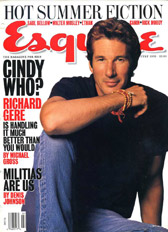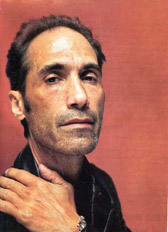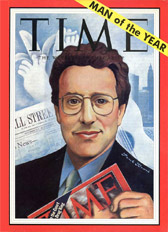In “Fleeting Pathos of a New York Minute,” in the Week in Review, Randy Kennedy of The New York Times looks at the destruction of a townhouse on East 62nd Street, and finds not just a geographic but also a psychic connection to 740 Park Avenue. Who knows what peril looks behind the limestone curtain? The New York Observer’s The Real Estate, of course.


